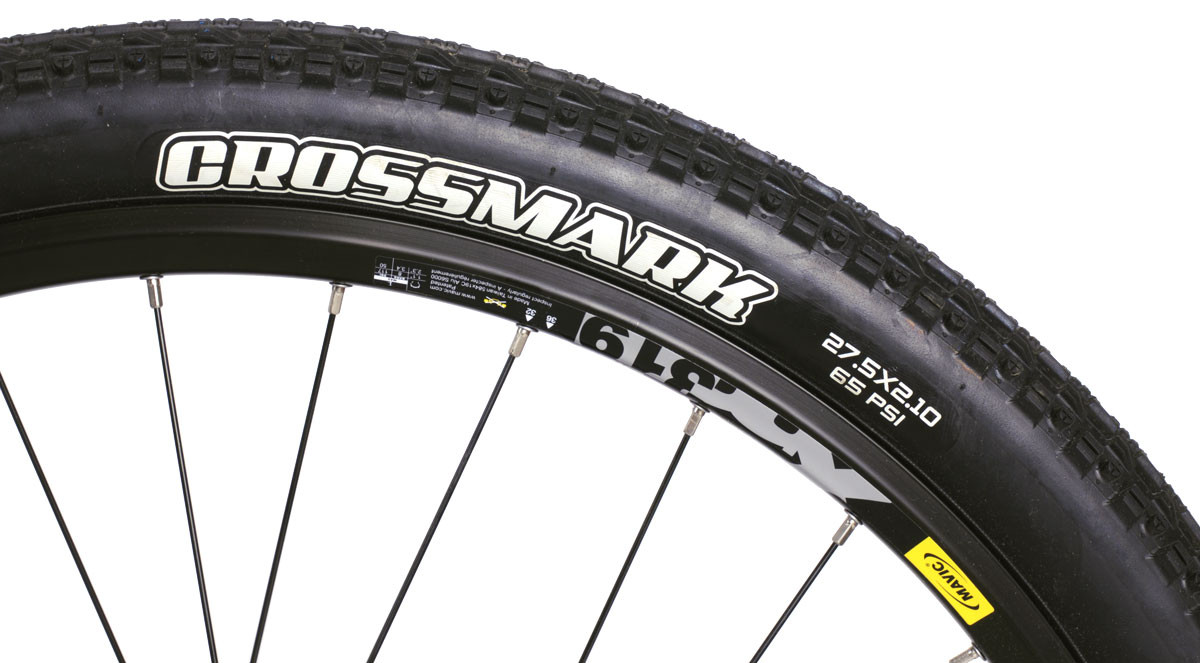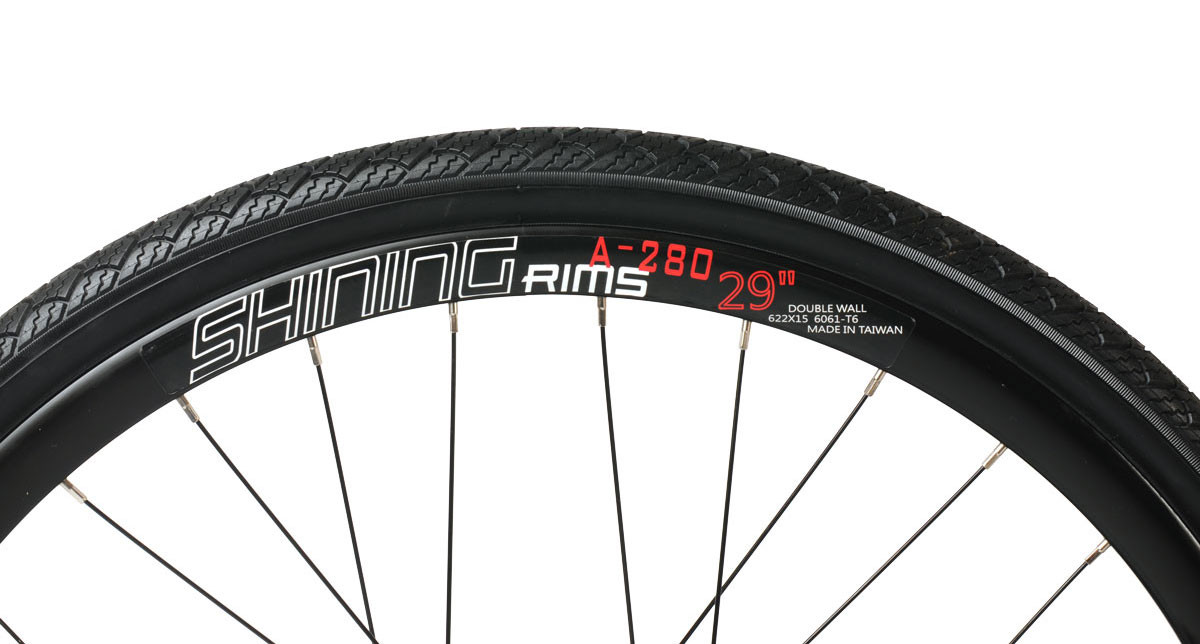Navigating the world of bicycle wheel sizes can feel like deciphering a secret code. From mountain bikes to folding bikes, and road bikes to BMX, there’s a surprising variety of diameters and designations. Why so many options? What do all those numbers mean? And crucially, how do you choose the right wheel size for your cycling needs? This comprehensive guide breaks down everything you need to know about bike wheel sizes, providing clarity and helping you make informed decisions.
 Alt text: Diverse bicycle wheels of varying sizes and types, showcasing the range available for different bikes and riding styles.
Alt text: Diverse bicycle wheels of varying sizes and types, showcasing the range available for different bikes and riding styles.
Exploring Smaller Wheel Sizes
16-inch Wheels (ISO 305 mm)
Often seen on children’s bikes, 16-inch wheels are among the smallest you’ll encounter on adult bicycles. Primarily used in folding bikes aiming for maximum compactness when folded, they represent a trade-off in ride quality. While perfect for young children learning balance, 16-inch wheels struggle on uneven surfaces. Their small diameter makes them highly susceptible to bumps, debris, and potholes, which can significantly impact handling and comfort.
Riding a bike with 16-inch wheels feels markedly different from a standard adult bike. The reduced turning radius and wheelbase can lead to overly sensitive steering. Furthermore, smaller wheels require higher gear ratios to achieve comparable speeds, making hill climbing more challenging and demanding greater effort.
20-inch Wheels (ISO 406 mm)
The 20-inch wheel is the standard in the BMX world and a prevalent size for small-wheel folding bikes. BMX riders favor them for their enhanced maneuverability, which is crucial for flatland and aerial tricks. However, for general cycling, 20-inch wheels share many of the drawbacks of their 16-inch counterparts. While slightly improved, they are still more affected by road imperfections than larger wheel sizes. These smaller wheels necessitate specific frame geometries and extended handlebar stems to achieve a comfortable, upright riding position. This can sometimes amplify handling issues and introduce unwanted flex into the steering and frame.
ISO 451: It’s important to note the existence of a slightly larger 20-inch wheel size, designated as ISO 451. This variant is found on some racing BMX bikes and older British shopping bikes. ISO 451 wheels are less common on contemporary bikes, so generally, a 20-inch wheel refers to the ISO 406 standard.
24-inch Wheels (ISO 507 mm)
Less common overall, 24-inch wheels are primarily used on junior mountain bikes and certain BMX “cruiser” models designed for larger riders who desire the geometry and agility of 20-inch bikes. With the growing popularity of youth racing and higher-end specifications for kids’ mountain bikes, the 24-inch junior mountain bike category is experiencing growth.
Standard Full-Size Bike Wheels
26-inch Wheels (ISO 559 mm)
26-inch wheels boast a long and significant history in cycling. Originating as the standard for American cruisers nearly a century ago, they later became the dominant mountain bike wheel size for decades. When pioneers like Joe Breeze, Charlie Kelly, and Gary Fisher built the first mountain bikes, 26-inch cruiser wheels were the only available option with tires wide enough for off-road demands. As the mountain bike standard, this size is also utilized in high-performance folding bikes, including Montague’s Paratrooper series.
Interestingly, the term “26 inch” doesn’t refer to the actual wheel diameter but rather the approximate outer diameter of the tire intended for this wheel size. The true ISO diameter of a traditional 26-inch wheel is 559 millimeters.
 Alt text: Close-up of a 26-inch bike wheel rim and tire, showing the tire profile and rim construction, commonly used in mountain bikes and some folding bikes.
Alt text: Close-up of a 26-inch bike wheel rim and tire, showing the tire profile and rim construction, commonly used in mountain bikes and some folding bikes.
27.5-inch / 650b Wheels (ISO 584 mm)
The naming conventions in bicycle wheel sizes can be particularly confusing, exemplified by the dual names for the same size. Wheels with an ISO diameter of 584 mm were initially known as 650b and were introduced on French touring bikes in the 1960s. Slightly smaller than modern road bike wheels, they were used on smaller road frames that couldn’t accommodate 700c wheels. While still referred to as 650b in road and gravel cycling, the mountain bike industry adopted and renamed this size.
In recent years, mountain bikes have trended towards larger wheels, and when 650b was repurposed for off-road use, it became known as 27.5-inch. Compared to the previously dominant 26-inch wheels in mountain biking, 27.5-inch wheels offer several advantages, including improved roll-over capability on obstacles, a larger tire contact patch for enhanced traction, and greater rotational inertia for maintaining momentum. The Montague Paratrooper Highline and Paratrooper Elite folding bikes are pioneers, being the first folding bikes to utilize 27.5-inch wheels.
 Alt text: Detailed view of a 27.5-inch bike wheel and tire, highlighting the tire tread pattern and rim design, showcasing a modern mountain bike wheel size.
Alt text: Detailed view of a 27.5-inch bike wheel and tire, highlighting the tire tread pattern and rim design, showcasing a modern mountain bike wheel size.
29-inch / 700c Wheels (ISO 622 mm)
Here’s another instance of two common wheel sizes being identical in diameter! The standard modern road bike wheel has an ISO diameter of 622 mm and is known as 700c. The origin of the 700c name is complex and rooted in historical international tire sizing systems, where 700mm represented the approximate outer tire diameter, with various rim sizes labeled 700a, 700b, 700c, etc. The 622 mm rim, designated as 700c, became the most prevalent for narrow road tires. Nearly every adult bike designed for pavement use today comes equipped with 700c wheels, including Montague’s Pavement series of folding bikes. This full-size wheel offers superior performance and ride quality compared to smaller wheel folding bikes.
Just as 650b wheels transitioned to 27.5-inch in mountain biking, 700c wheels have also been adopted and rebranded as 29-inch in the mountain bike world. All the benefits of larger wheels are amplified in 29-inch (or 29er) mountain bikes. However, some riders find the trade-off in maneuverability and turning radius less desirable. While both 29-inch and 700c wheels share the same 622mm diameter, mountain bike rims are typically wider to accommodate wider, knobbier tires.
27-inch Wheels (ISO 630mm)
The ISO 630mm size is largely obsolete today, but it’s worth mentioning due to the large number of American road bikes from the 1970s and 80s that used these “27 inch” wheels. Many of these vintage bikes still exist in garages and basements. The rim diameter is slightly larger than modern 700c wheels, a fact many have learned when struggling to mount a new 700c tire. Tire manufacturers still produce 27-inch tires due to the sheer volume of these wheels still in circulation. If you need tires for a classic steel road bike, your local bike shop can still order them.
Oversized Bike Wheels
32-inch (ISO 686 mm) and 36-inch (ISO 787 mm)
Extremely uncommon, 32-inch and 36-inch wheels are primarily found on custom-built frames for exceptionally tall riders. These sizes are rarely seen on production bikes, but if you are significantly taller than average (over 6’6″), custom builds might be necessary to achieve a proper bike fit. A quick search for “Shaq Bicycle” will reveal the various bikes NBA legend Shaquille O’Neal has had custom-made over the years. While the wheels may appear proportional to these massive frames, they are often monster 32-inch and 36-inch sizes.
| Wheel Size (inches) | ISO Diameter (mm) | Common Bike Types | Advantages | Considerations |
|---|---|---|---|---|
| 16″ | 305 | Children’s bikes, Compact Folding Bikes | Extremely compact for folding | Poor ride quality, sensitive handling, inefficient at higher speeds |
| 20″ | 406 | BMX Bikes, Small Wheel Folding Bikes | Maneuverable, compact | Less efficient than larger wheels, more affected by road imperfections |
| 24″ | 507 | Junior Mountain Bikes, BMX Cruisers | Good compromise for youth riders, some maneuverability | Less common than other sizes |
| 26″ | 559 | Classic Mountain Bikes, Folding Bikes | Durable, strong, good for off-road | Less efficient roll-over than larger sizes |
| 27.5″ / 650b | 584 | Modern Mountain Bikes, Gravel Bikes | Improved roll-over, good traction, balance of maneuverability and efficiency | Can be slightly heavier than 26″ |
| 29″ / 700c | 622 | Road Bikes, Modern Mountain Bikes | Most efficient roll-over, fast, stable at high speeds | Can feel less agile in tight corners, may not fit smaller riders in 29″ MTB frames |
| 27″ | 630 | Vintage Road Bikes | Original standard for older road bikes | Tires less readily available than 700c, outdated standard |
| 32″ & 36″ | 686 & 787 | Custom Bikes for Tall Riders | Proportionate for very tall riders | Extremely rare, custom builds only |
This Bike Wheel Size Chart summarizes the key information, helping you quickly understand the different sizes, their ISO designations, typical bike applications, and their pros and cons. Choosing the right wheel size is crucial for optimizing your bike’s performance and ensuring it matches your riding style and terrain. Consider this guide as your starting point to navigate the diverse world of bike wheels and make the best choice for your cycling adventures.
